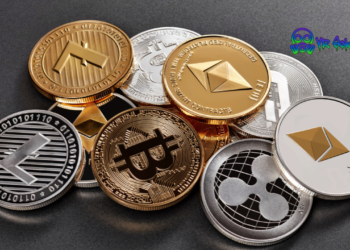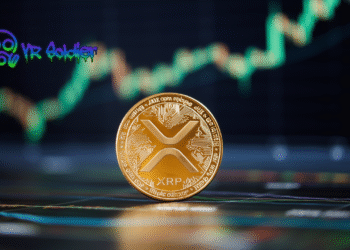When evaluating a crypto project’s WhitePaper for potential investment, it is crucial to look beyond the hype and marketing language and focus on key aspects that can provide insight into the project’s viability and potential for success. Here are some important factors to consider when assessing a WhitePaper and its accompanying roadmap:
1. Problem and Solution: The WhitePaper should clearly define the problem the project aims to solve and present a well-thought-out solution. Look for a detailed explanation of the project’s technology, innovation, or unique features that set it apart from existing solutions.
2. Technical Details: A good WhitePaper should provide technical information about the project, including the underlying blockchain technology, consensus mechanism, scalability solutions, and any relevant algorithms or protocols. Assess the technical soundness and feasibility of the proposed implementation.
3. Team and Advisors: Evaluate the experience, qualifications, and credibility of the project’s team members and advisors. Look for their track record in relevant fields and their involvement in previous successful projects. A strong team with a diverse skill set increases the project’s chances of success.
4. Token Economics: Understand the token’s purpose within the ecosystem and its utility. Look for details on the token distribution, tokenomics, and how the project plans to incentivize participants. Assess if the token’s supply and distribution model are fair and sustainable.
5. Roadmap: The WhitePaper should include a clear roadmap that outlines the project’s development stages, milestones, and timelines. Assess the feasibility and reasonableness of the roadmap. Look for a balanced approach that demonstrates both short-term goals and long-term vision.
6. Partnerships and Community: Check if the project has established partnerships or collaborations with reputable organizations or industry players. Evaluate the size and engagement of the project’s community, including its social media presence, active contributors, and overall community sentiment.
7. Security and Audit: Look for information regarding the project’s security measures, code audits, and smart contract integrity. A transparent and secure project is crucial to mitigate risks associated with potential vulnerabilities or exploits.
8. Legal and Compliance: Ensure that the project complies with relevant legal and regulatory frameworks. Look for any legal opinions or statements regarding compliance. Projects that demonstrate a commitment to transparency and regulatory compliance are generally more trustworthy.
Remember, a WhitePaper should serve as a comprehensive and transparent document that showcases the project’s technical and business aspects. However, it’s important to conduct thorough due diligence beyond the WhitePaper, including researching the project’s online presence, engaging with the community, and seeking expert opinions before making any investment decisions.
Disclosure: This is not trading or investment advice. Always do your research before buying any cryptocurrency or investing in any service.












